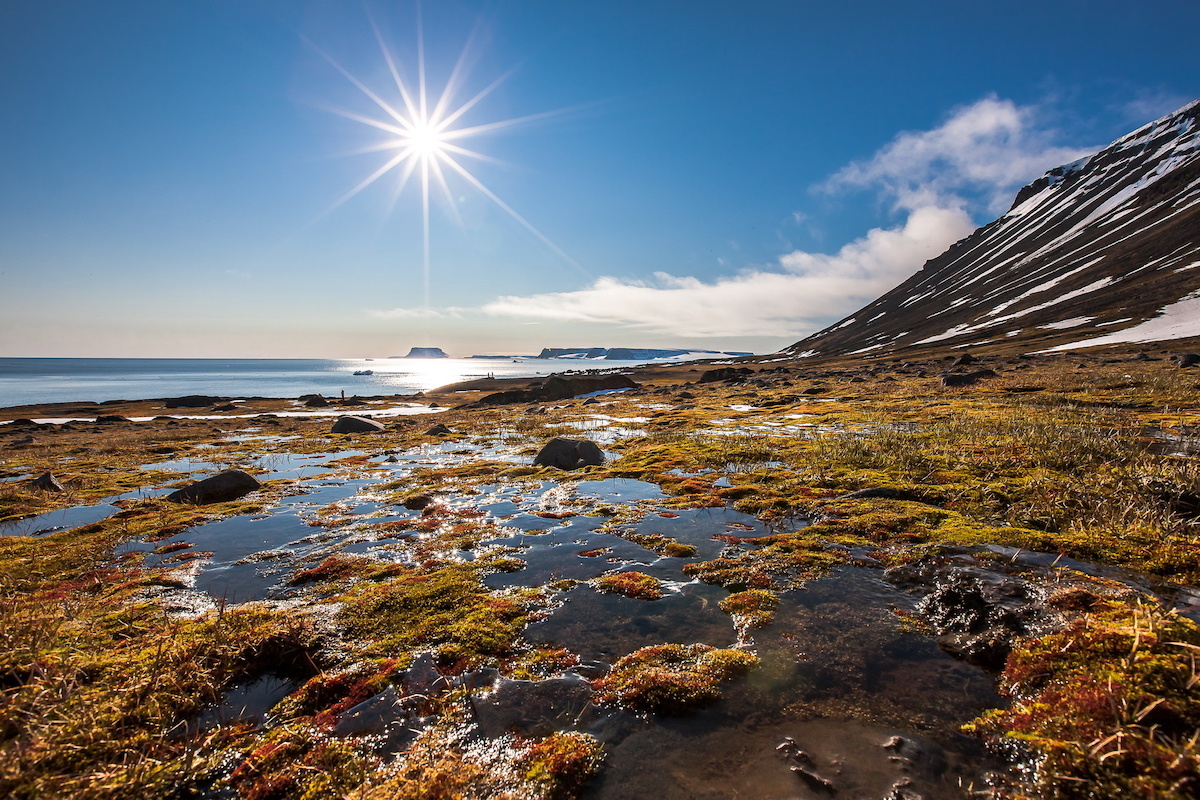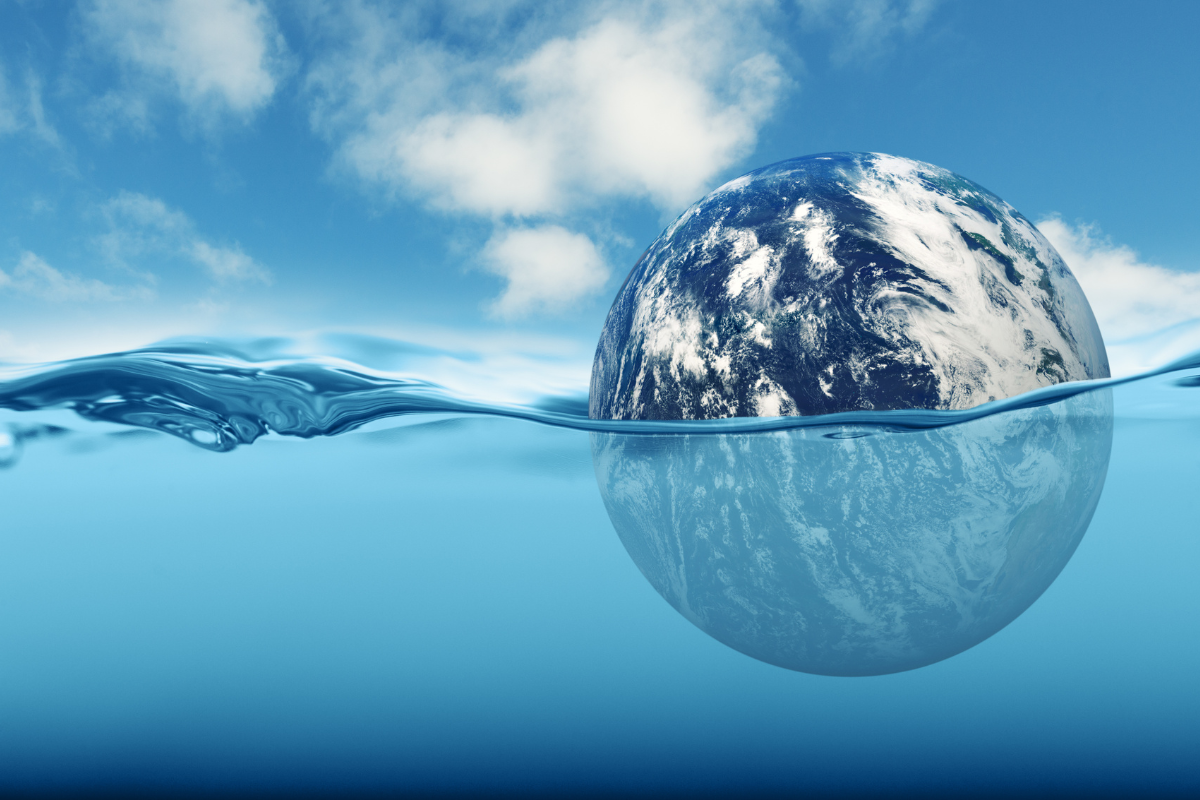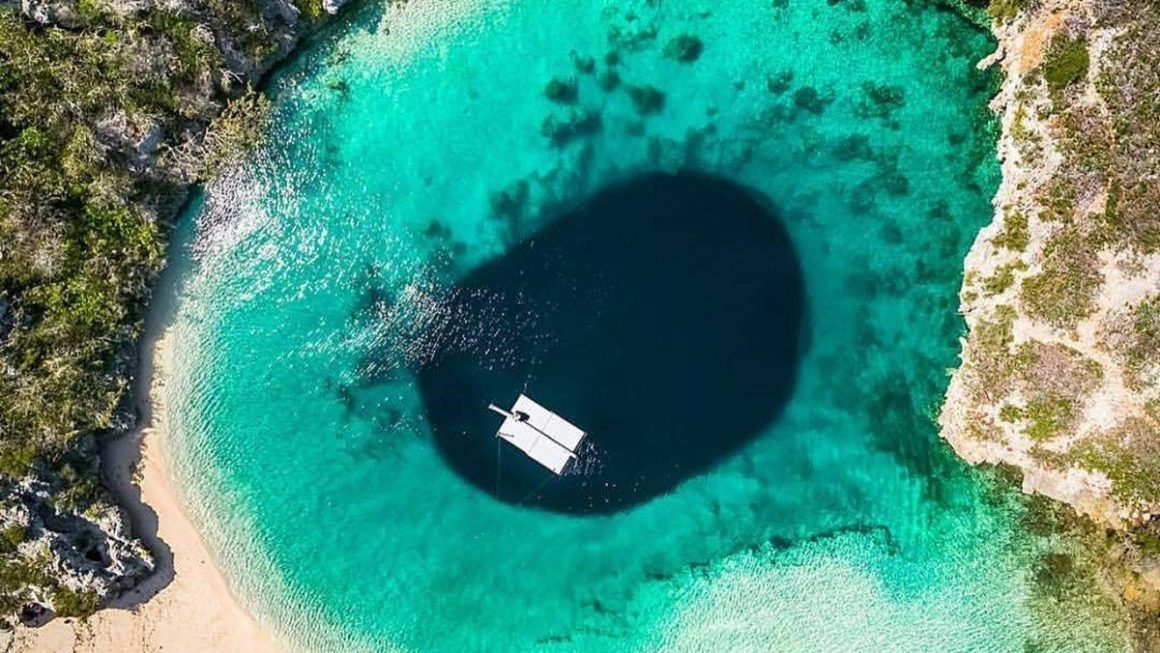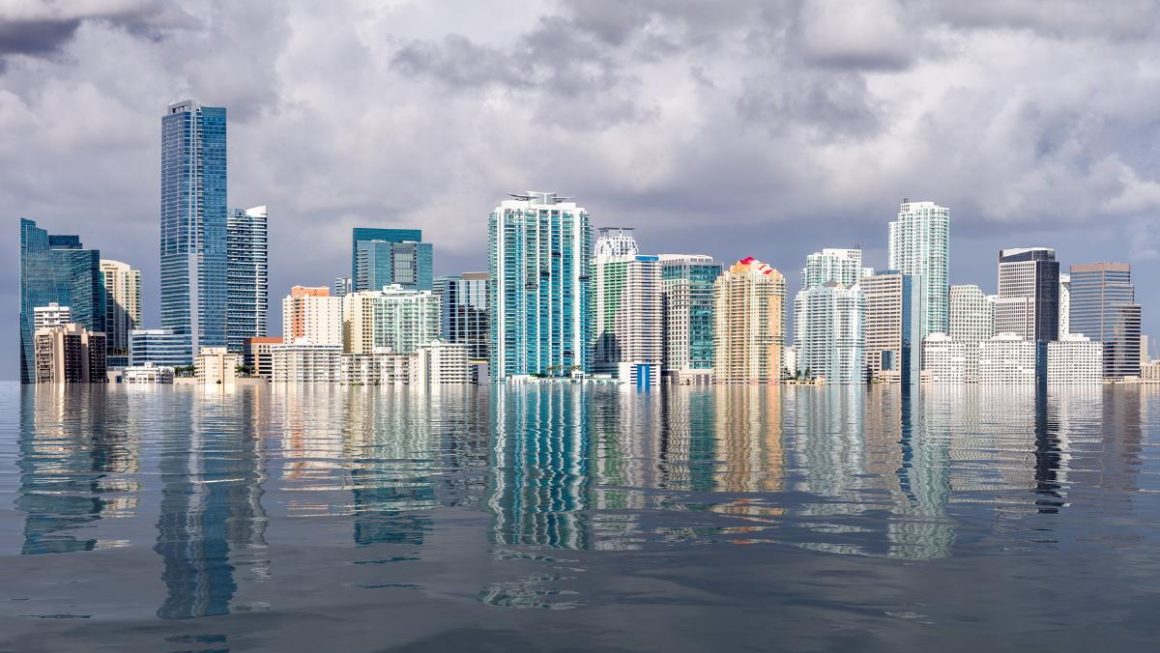A study published in the journal Science warned that melting ice could put coastal regions at risk in the coming decades and centuries as a result of global warming.
Thousands of years ago, the oceans covered areas of land that are now dry. A study published in the journal Science revealed that, during the last ice age, sea levels reached heights of up to 20 metres above current levels.
This finding, led by Peter Clark, a paleoclimatologist at Oregon State University in the United States, challenges the traditional view of the Earth’s climate history and raises new questions about the behaviour of ice sheets and climate change.
The finding challenges the traditional view of climate history and the behaviour of ice sheets.
The analysis shows that these extreme fluctuations in sea level were not limited to the end of the ice age, as previously thought.
Major changes occurred throughout the Pleistocene, a period spanning from 2.6 million to 11,700 years ago.
Clark noted that the discovery represents ‘a paradigm shift in our understanding of the history of the ice age.’
During the Pleistocene, the Earth underwent cycles of glaciation marked by the formation and melting of enormous ice sheets in the northern hemisphere, especially over North America and Eurasia.
These processes caused drastic variations in sea level, which were recorded in the remains of microscopic marine organisms called foraminifera.
Foraminifera are microfossils found in ocean floor sediments that allow scientists to reconstruct the climate of the past.
To obtain this data, researchers analysed sediment cores extracted from the seabed. Each core contains layers corresponding to different periods, in which the foraminifera are found.
The study of their shells, together with other chemical indicators, allows the temperature and volume of ice in each period to be estimated, which in turn reveals changes in sea level.
Until recently, the scientific community believed that large increases and decreases in sea level only occurred at the end of the ice age, during the so-called Middle Pleistocene transition, which occurred between 1.25 million and 700,000 years ago.
At that time, glaciation cycles went from lasting 41,000 years to 100,000 years, and ice sheets became larger.
Clark explained that all previous theories focused on the progressive growth of ice sheets through that transition, and that each sea level reconstruction followed the same narrative.
The study reconstructs how the seas rose and fell by tens of metres depending on the size and extent of the planetary ice sheets.
The new study reconstructed sea level changes over the last 4.5 million years.
It found that many of the early glacial cycles, when periods were 41,000 years long, featured fluctuations as large as those in more recent cycles.
Clark noted that the presence of large ice sheets throughout that time suggests that their formation and disappearance depended more on internal feedbacks within the climate system than on external factors.
‘This finding challenges conventional wisdom about the Middle Pleistocene transition and forces us to look for new explanations,’ says the paleoclimatologist.

Sediments on the ocean floor preserve traces of ancient climates and glaciations.
The implications of the new work published in Science go beyond geological history. Clark noted that understanding how ice sheets and climate interacted in the past helps us anticipate current and future risks.
Today, the Earth has two large ice sheets, in Antarctica and Greenland, whose stability is key to sea level and global climate.
The study involved collaboration between experts from the United States, Germany, the United Kingdom and China.
Co-authors include Steven Hostetler and Nicklas Pisias from Oregon State University, Jeremy Shakun from Boston College, Yair Rosenthal from Rutgers University, and David Pollard from Pennsylvania State University.
The past of the oceans warns of future sea level rises in the face of global warming.
Other contributors include Peter Kohler of the Alfred Wegener Institute in Germany, Patrick J. Bartlein of the University of Oregon, Jonathan M. Gregory of the University of Reading in the United Kingdom, Chenyu Zhu of the Chinese Academy of Sciences, Daniel P. Schrag of Harvard University, and Zhengyu Liu of Ohio State University in the United States.
Detailed knowledge of the past provides a better understanding of the complex relationships between ice sheets and climate, and offers valuable insight into the possible scenarios that humanity could face in the coming centuries.




